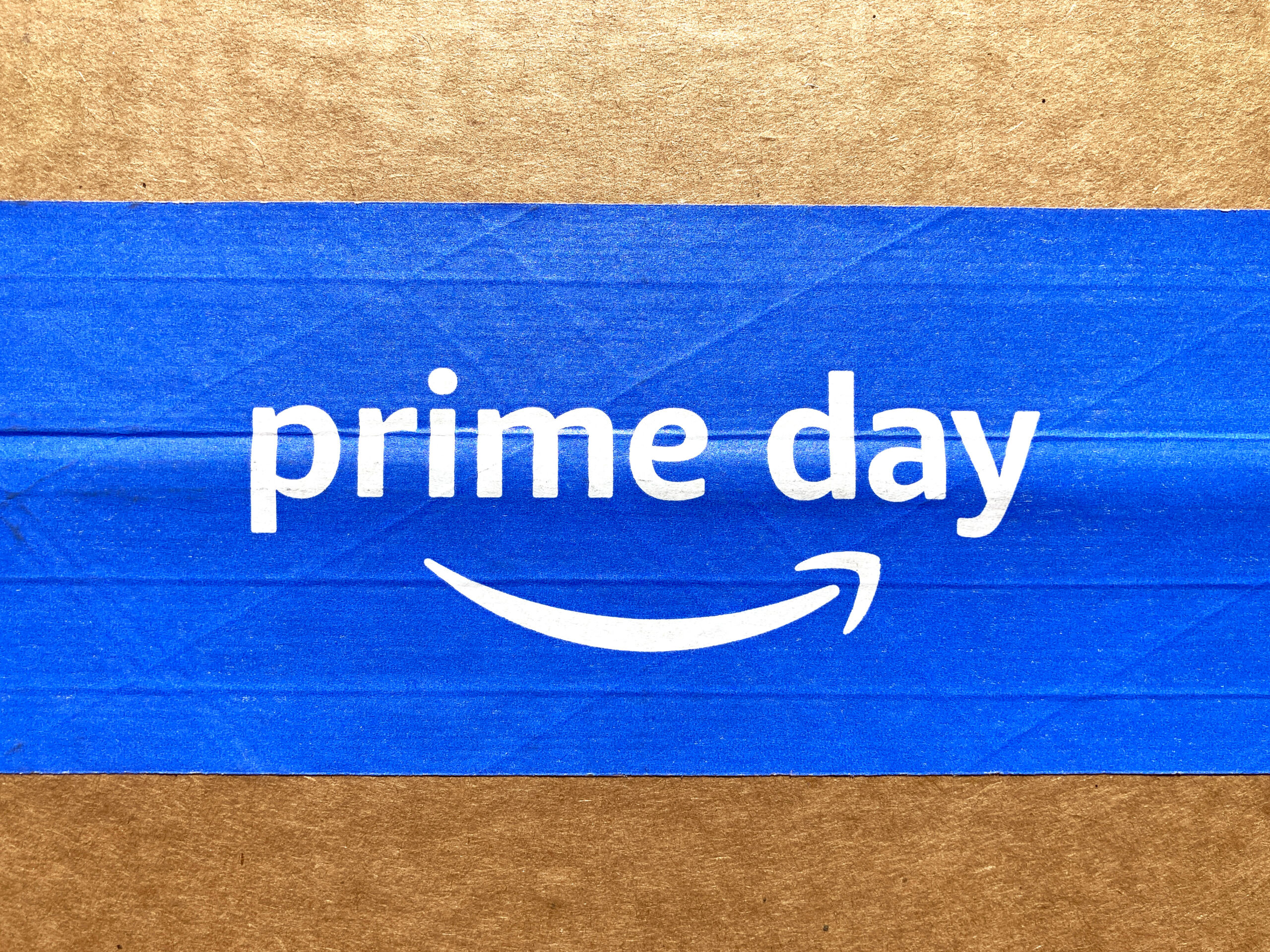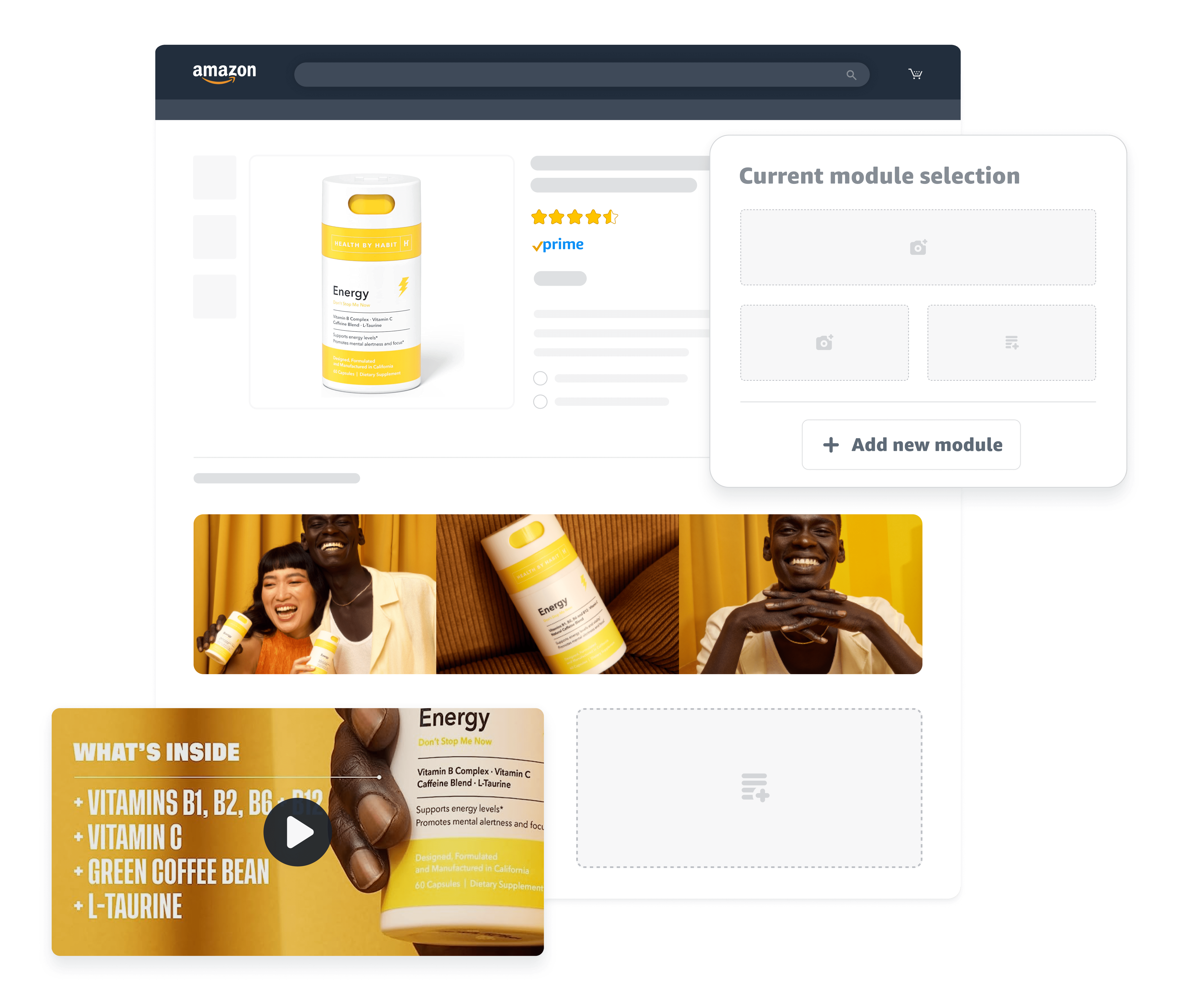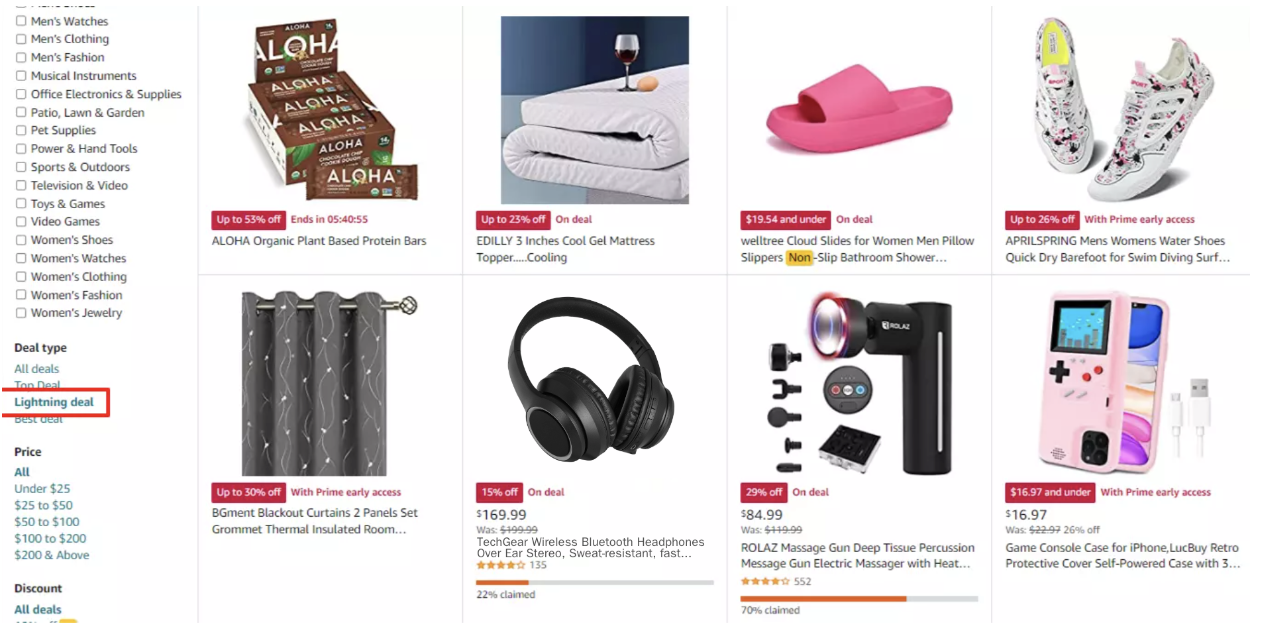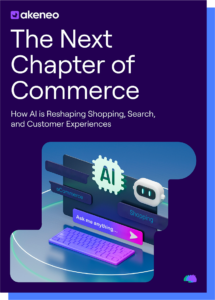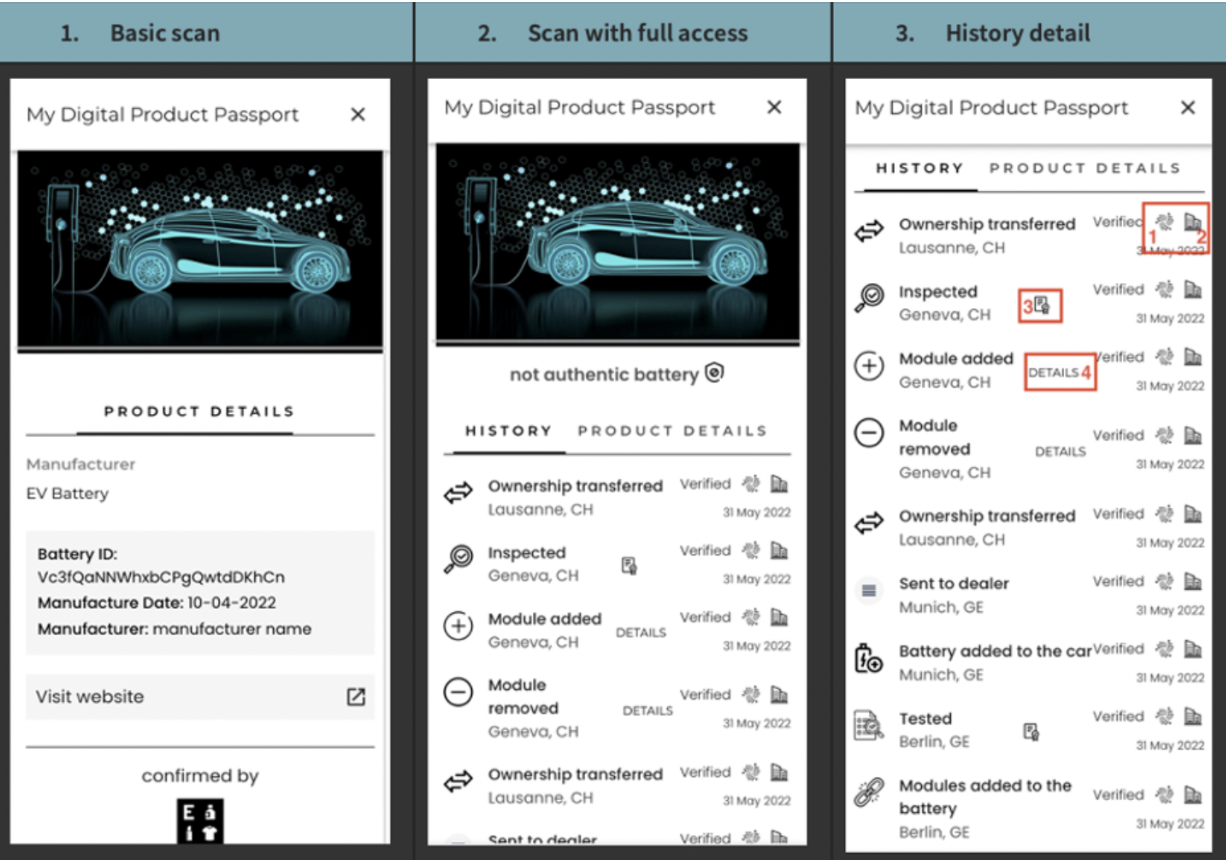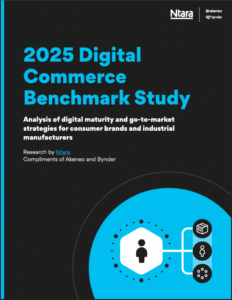What is Product Content Management?
Explore how PCM helps brands centralize and enrich product data, streamline workflows, and improve content delivery across channels, and gain a better understanding of the role of PIM systems, the benefits of great product content, and strategies to overcome common challenges while boosting customer trust and sales.

There’s more to a product than meets the eye. A t-shirt might look like it fits, but knowing the exact measurements makes all the difference. A camera might catch your eye on the shelf, but reviews and specs reveal whether it’s truly right for you.
That’s the power of product content. When customers have access to accurate, timely information, they’re able to buy with confidence. And when that information stays consistent across every channel, it builds trust and fuels long-term growth.
What makes it all possible? Product content management.
What is Product Content Management?
At its core, product content management (PCM) is the process of creating, managing, and distributing enriched product information across multiple channels, ensuring that product data is accurate and centralized. PCM acts as the backbone of a smooth digital commerce experience and empowers businesses to present their products clearly and compellingly no matter where their customers encounter them.
The content involved in Product Content Management is broad and diverse, including:
- Product titles and descriptions: Descriptive text that communicates what a product is, what it does, and why it’s valuable.
- Images: High-quality visuals that showcase the product from different angles and in various contexts, helping customers visualize what they’re buying.
- Technical specifications: Detailed technical information such as size, materials, compatibility, and features that ensure customers get the right measurements of a product.
- Customer reviews: User-generated feedback that adds credibility and helps other shoppers get a better idea of how a product would be.
- Enhanced content: Rich media elements like videos, comparison charts, or interactive media (such as Augmented Reality and Virtual Reality) that create a more immersive product experience.
Advantages and Disadvantages of PCM
Product content management might not wear a cape, but in the world of digital commerce, it’s nothing short of a hero. Still, like any hero’s journey, PCM has both high points and hurdles.
Advantages of Product Content Management
- Convert browsers into buyers: Think of enriched content as your silent salesperson. Clear descriptions, polished visuals, and precise specs help customers make confident decisions, no in-store staff required! In fact, incorporating user-generated content like reviews and photos can boost conversion rates by up to 91.4%.
- Reduce returns: Mismatched expectations are the top culprit behind product returns; in fact, nearly 60% of consumers have returned a product due to inaccurate or misleading product descriptions. Accurate, detailed content sets the right expectations upfront, leading to fewer “this isn’t what I ordered” moments.
- Speed up time-to-market: Centralized content means teams aren’t sending panicked emails and sorting through spreadsheets to track down the right product details. Launching new items becomes faster and far less stressful with efficient data management, businesses, often achieving a 20% reduction in related costs.
- Power omnichannel consistency: From your website to Amazon to social media channels and beyond, PCM keeps your product content consistent and on-brand across every channel.
- Build brand credibility: High-quality content doesn’t just inform, it builds trust; and trust leads to loyalty, which leads to repeat business (and maybe even a few happy tweets).
Challenges of Product Content Management
- A data avalanche: With hundreds—or thousands—of products to manage, keeping content up to date can feel like trying to organize a tidal wave. Without the right tools, chaos is one click away. In fact, 40% of B2B organizations still rely on manual methods for product data, leading to outdated product descriptions and inconsistent pricing.
- Everyone wants a piece: Marketing, product, eCommerce, legal – everyone has a say in product content. Managing all those voices without stepping on toes requires both structure and diplomacy.
- Picky channel requirements: Every platform seems to want something different; different image sizes, character limits, mandatory fields, etc. Meeting all their specs can feel like an impossible task!
- Quality can slip through the cracks: When managing massive volumes of content, a single typo or outdated spec can sneak through and lead to big problems like lost sales, negative reviews, or worse, regulatory issues. Basically, everything you don’t want.
- It’s a marathon, not a sprint: PCM isn’t a one-and-done effort. It requires ongoing maintenance, updates, and oversight. But when done well, it’s an investment that pays off again and again.
Meet with an Akeneo Expert Today to Start Your PX Journey
Product Content Management (PCM) Strategies
As you can see, product content management can be incredibly beneficial to a business, but requires an intentional, strategic approach that enables your team to scale, adapt, and grow along with your product content.
Here are some things to keep in mind when forming your PCM strategy:
1. Establish a Single Source of Truth
Keep chaos in check by centralizing all product data in one system. Whether it’s a Product Information Management (PIM) solution or another central platform, having a go-to place for all content eliminates duplication, confusion, and the dreaded “Which version is correct?” scenario.
2. Define Target Audience
Who are you trying to reach? Different customers utilize different channels for different reasons – someone coming to your website to do some basic product research is going to be looking for different information and a different experience than someone ready to click “Buy Now” on your Amazon page. When you know who your audience is and how they interact with your product, sharing the right content becomes a lot easier.
3. Prioritize Content Enrichment
While dimensions, materials, and technical details are important, they’re just the foundation. What really drives conversions and builds brand loyalty is rich, persuasive content that informs, inspires, and guides. Help customers visualize how the product fits into their lives, solves their problems, or fulfills their needs. Use language that’s clear, engaging, and tailored to your target audience.
4. Segment by Channel and Audience
Not all product content should be one-size-fits-all. Different sales channels and audience segments have unique expectations, technical requirements, and content formats. Whether you’re publishing on your own website, listing products on major retailers like Walmart, or distributing through marketplace partners and B2B platforms, tailoring your product information for each context is essential. The key is to optimize for each channel and audience without losing consistency. That means maintaining a single source of truth for your product information, so no matter where the content appears, the data is always accurate, up to date, and aligned with your brand voice.
5. Automate Where It Makes Sense
Use automation to speed up repetitive tasks, like quality checks, data imports, and format conversions. Automation doesn’t replace human oversight, but it can help your team focus on strategy instead of endless spreadsheets.
6. Think Globally, Localize Thoughtfully
If you operate across multiple markets, ensure your PCM strategy includes localized content. This means more than just translation, and involves adapting tone, imagery, and even product descriptions to match regional expectations and culture!
7. Measure and Improve
Track metrics like product page engagement, return rates, and content completeness scores. Use that data to optimize your content and processes continuously as PCM isn’t static and should evolve alongside your business.
Customer Conversion Begin With Content
In the realm of digital commerce, product content management is not a want but a need. PCM ensures that your products don’t just exist on the shelf, but actually stand out and sell. From crafting and managing enriched content to distributing it across countless channels, PCM is the backbone of a seamless product experience.
By pairing a solid PCM strategy with the right tools, you’re setting your brand up for smarter workflows, faster launches, and better customer engagement. Because at the end of the day, content that’s transparent, consistent, and attractive is the content that turns browsers into buyers.
Are you ready to take the next step?
Our Akeneo Experts are here to answer all the questions you might have about our products and help you to move forward on your DPP journey.


